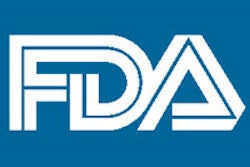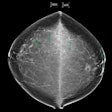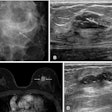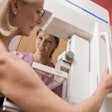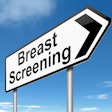The U.S. Food and Drug Administration (FDA) this week said that patient positioning is critical in mammography, and that most imaging deficiencies can be traced to poor positioning techniques.
Despite the introduction of full-field digital mammography (FFDM) and digital breast tomosynthesis (DBT), among other technological changes since the passage of the Mammography Quality Standards Act (MQSA) in 1999, there's still a critical need for proper patient positioning.
"Any portion of the breast that is not included on the mammographic image cannot be evaluated for signs of cancer," the agency noted in a report in its MQSA Insights newsletter. There is also evidence that poor positioning is behind most deficiencies in mammography, according to the FDA.
For example, a 2015 study by the American College of Radiology (ACR) found that of all clinical images that were deficient on the first attempt at accreditation, 92% were deficient in positioning. And in facilities accredited by ACR, 79% of all unit accreditation failures last year were due to position.
MQSA requires that certified facilities continue to comply with standards for clinical image quality established by that facility's accreditation body, according to the report.
Positioning failures often lead to an additional mammography review, and if the review finds failing results, the FDA will determine whether the facility represents a serious risk to health and may order it to stop providing mammography services.
Training and communication are also essential. MQSA emphasizes that interpreting physicians are the final arbiters of mammography image quality, and they must communicate their satisfaction or dissatisfaction with images to the technologist who produces them. Communication is the first step toward identifying problems and correcting them, the report states.
More information is available on the FDA website.







